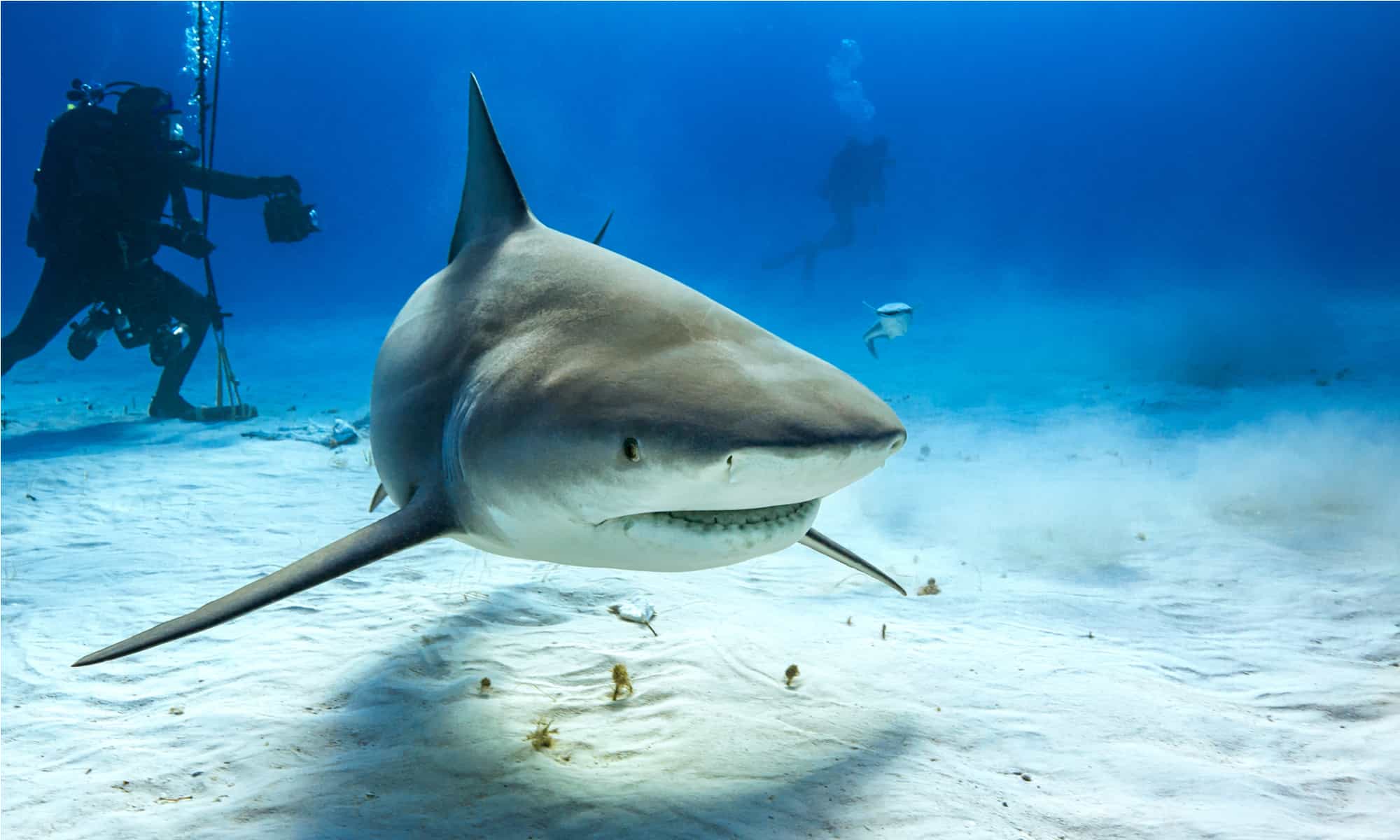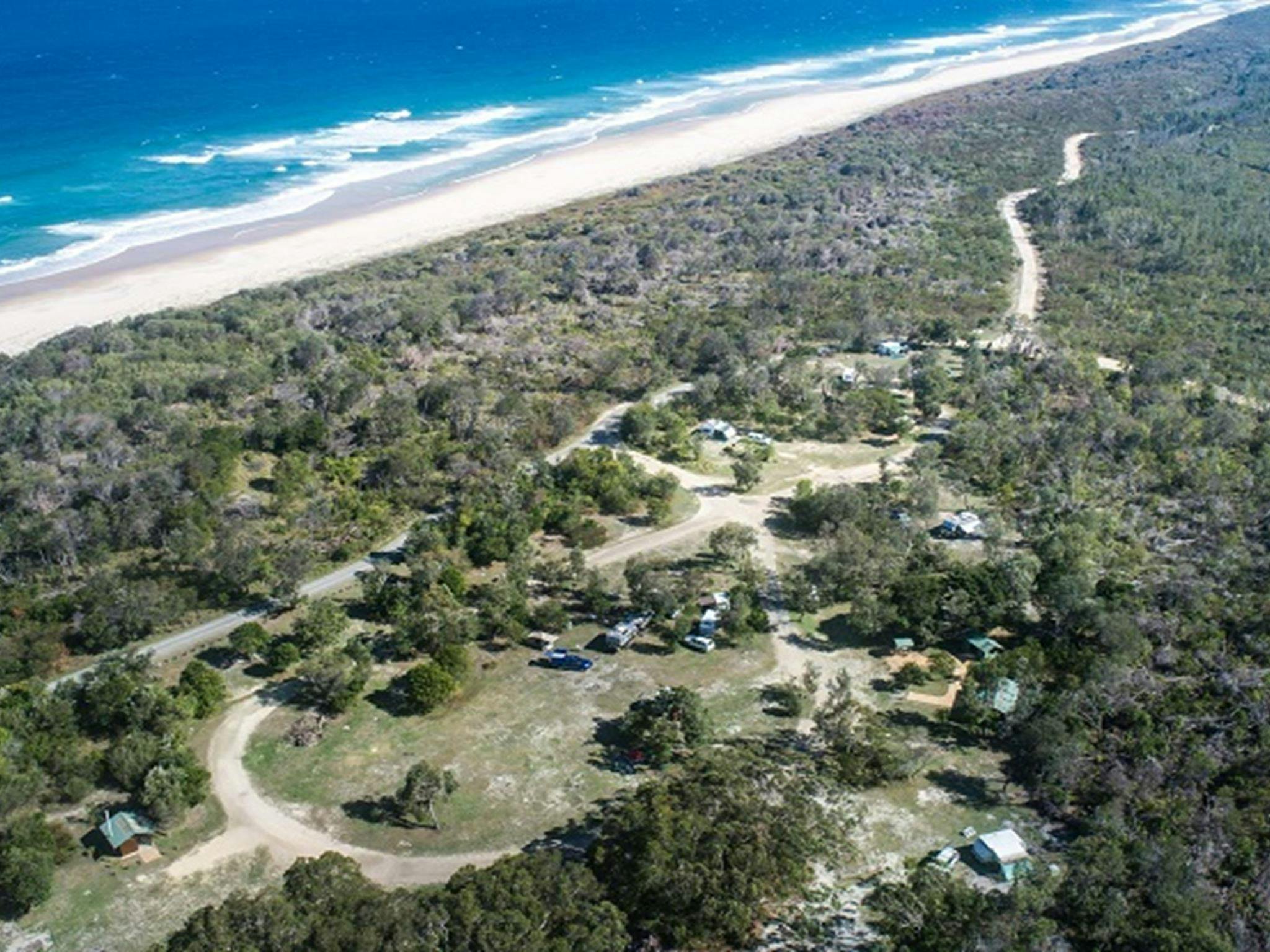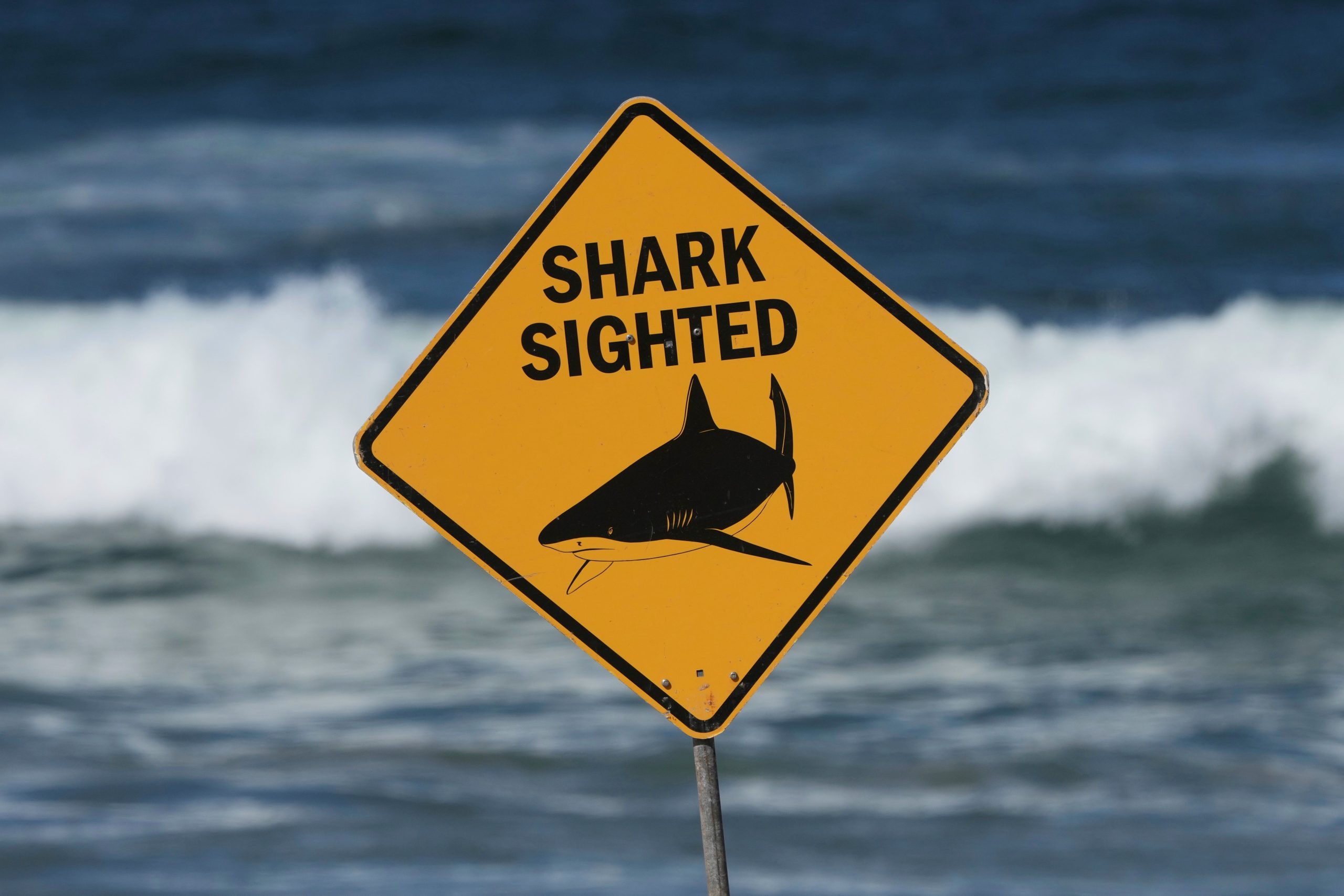A peaceful stretch of coastline on Australia’s eastern shore turned into a scene of horror on Thursday morning. A young woman lost her life and a man suffered critical injuries in a suspected bull shark attack at Kylies Beach in Crowdy Bay National Park. The remote spot sits about 300km north of Sydney in New South Wales. What started as a routine early-morning swim at one of the state’s most secluded and stunning beaches quickly became a stark reminder of the ocean’s unpredictability. It also highlights vulnerabilities in Australia’s vital tourism economy.
Authorities confirmed the woman, believed to be in her 20s, died at the scene despite desperate attempts by bystanders to save her. The man, also in his 20s, emerged from the surf with devastating leg wounds. Paramedics airlifted him to Newcastle Hospital in critical condition. They credited a passer-by’s quick thinking with a makeshift tourniquet for likely saving his life. NSW Ambulance called the act heroic amid the raw chaos of the moment.
Forensic experts point to a large bull shark as the likely cause. This species ranks among the most dangerous for fatal human encounters due to its aggressive nature and powerful build.
While the human loss dominates headlines today, a deeper concern simmers below. Repeated shark incidents like this one raise tough questions about Australia’s economy, coastal businesses, and its image as a secure spot for global travelers. This attack marks the fifth fatal shark incident in Australia this year alone. Experts warn it forms part of a troubling trend with lasting financial fallout.

A bull shark glides through the water in a rare underwater glimpse — the same species suspected in the fatal attack, and a reminder of how rising shark encounters are reshaping Australia’s coastal tourism revenue and long-term visitor confidence.
The True Cost of Shark Attacks: How Tragedies Like This Threaten Australia’s Tourism Economy
Shark attacks deliver a gut-wrenching emotional blow, yet they unleash tangible financial waves across Australia’s tourism sector. This industry remains a cornerstone, drawing millions who chase sun-soaked beaches and adventure. A single fatal event can spark immediate drops in beach visitors, event shutdowns, and slashed bookings at resorts, caravan parks, and holiday homes. International arrivals to hit regions often plummet too.
When attacks cluster, as they have in 2025, the damage multiplies fast. Tourism Australia reports beach-focused travel pumps tens of billions into the economy each year. Coastal spots dominate most international itineraries. High-profile incidents grab worldwide attention, leading to visitation dips of 5% to 20% in affected areas for months on end.
Small beach towns bear the brunt, with losses stacking up in the millions. Surf schools face instant cancellations that gut their schedules. Cafes, motels, and tour outfits watch weekend crowds evaporate overnight. National park entries fall as wary visitors chase what they see as safer options elsewhere.
According to analysis reviewed by Finance Monthly, this year’s five fatal shark attacks could cost Australia over AU$100 million in tourism revenue. That figure accounts for traveler caution, extended beach closures, ramped-up patrol expenses, and lasting shifts in vacation habits. The fresh tragedy at Crowdy Bay National Park will only heighten fears, particularly for overseas tourists glued to global coverage of shark attack Australia 2025 stories.
Dr. Chris Pepin-Neff, a public policy expert at the University of Sydney specializing in shark safety and economic policy, captures the heartbreak and stakes perfectly. He recently observed that these incidents create a "shark attack industrial complex," where rushed government spending on deterrents like nets and drones balloons to AU$88 million over four years in Queensland alone, diverting funds from sustainable tourism growth and leaving coastal communities to pick up the emotional and financial pieces.
A Devastating Human Story at the Centre of a Growing Economic Crisis
First responders wore the weight of Thursday’s horror on their faces, a sight that lingers in the minds of everyone who witnessed the aftermath. NSW Ambulance Superintendent Josh Smyth spoke to reporters with quiet awe. He praised the bystanders’ courage as extraordinary, noting they risked their own safety to aid a stranger clinging to life in bloody surf.
Officials swiftly shuttered Kylies Beach and nearby stretches, rolling out smart drumlines and drone patrols for urgent protection. These steps save lives, but they come with steep price tags. Annual budgets for shark tagging, lifesaving crews, and cutting-edge deterrents already run into millions nationwide. With incidents climbing, those costs keep spiraling upward.
Temporary beach shutdowns hit wallets hard and fast. Day visitors simply turn their cars around and head home. Local guides and operators forfeit confirmed reservations without warning. Nearby eateries and shops endure brutal slumps in daily traffic, turning bustling boardwalks eerily quiet.
Crowdy Bay National Park draws crowds for its tranquil trails and hidden coves, a jewel in New South Wales’ crown. Now it stands as ground zero for grief that will echo through its hiking paths, eco-lodges, and family-run shops for seasons to come.
Why Shark Attacks Hit Australia’s Global Brand So Hard
Australia sells itself on endless golden sands, wave-riding vibes, and untouched shorelines that pull in dreamers from afar. A spike in fatal shark encounters cracks that allure, reshaping online chatter, booking trends, and social feeds in subtle but powerful ways. Post-attack, searches explode for phrases like "is Australia safe to swim 2025," "shark attacks NSW today," and "most dangerous Australian beaches to avoid."
These queries, born from fear, steer real choices. Travel insiders note that even brief perception shifts can erase revenue streams, demanding months or years of steady recovery efforts. For spots still rebuilding after pandemic scars, this fresh blow feels like salt in an open wound.

An aerial sweep over Kylies Beach — the remote, untouched shoreline where the fatal attack occurred — now at the centre of both community grief and growing concern about how repeated shark incidents could impact tourism across Australia’s coastal regions.
The Multiplier Effect: How One Shark Attack Ripples Through Local Economies
Beyond the headlines of loss and rescue, shark incidents expose a sneaky financial force at work in tourism-dependent towns. Experts call it the multiplier effect, a simple idea that captures how money flows in a community like a stone skipped across water. When tourists book a beach stay or surf lesson, their spending doesn’t stop at the hotel desk. It bounces to grocers for picnic supplies, mechanics for rental car fixes, and even artists selling seashell crafts at markets. Each dollar turns into two or three more through these chains.
In plain terms, the multiplier effect shows why a single cancellation hurts far beyond one business. If a family skips Crowdy Bay after hearing about the bull shark attack at Kylies Beach, the resort loses a night’s fee, sure. But then the café skips a lunch rush, the fuel stop misses a tank fill-up, and the souvenir shop gathers dust. According to Tourism Research Australia, the average multiplier for coastal regions hovers around 1.8. That means every AU$1 in direct tourist spend generates AU$1.80 more in wider economic activity, from jobs to taxes.
Take a real-world glimpse from Ballina in 2016, where a cluster of attacks led to a 10% drop in visitors over six months. Local operators reported AU$2.5 million in combined losses, but the ripple pushed total community impact to nearly AU$4.5 million when factoring in supply chain hits. Dr. Pepin-Neff highlights this in his work, arguing that without balanced investments in education and eco-tourism alternatives, these multipliers turn negative, eroding the very coastal charm that draws crowds back year after year. For places like Crowdy Bay, understanding this effect urges smarter planning, like promoting inland adventures during closures to keep dollars circulating and soften the sting.
This insight isn’t just numbers on a page. It’s a call for communities to weave safety nets that protect both swimmers and shopkeepers, ensuring Australia’s beaches remain beacons of joy rather than cautionary tales.
What Readers Are Wondering: Shark Safety and Smart Travel Choices
How Many Shark Attacks Have Hit Australia in 2025 So Far, and What Makes This One Stand Out?
Australia has recorded 12 shark bites in 2025, with four fatal before today’s double incident at Kylies Beach, marking the fifth and sixth overall fatalities this year. This attack grabs attention for its rarity as a paired event, both victims in their 20s during an early swim. Unlike solo surfer bites, it underscores risks even in remote, low-traffic spots like Crowdy Bay National Park. Officials link the uptick to warmer waters drawing more bull sharks closer to shore. Travelers should check real-time alerts from Surf Life Saving Australia and stick to patrolled beaches to cut personal odds, which stay incredibly low at one in 3.7 million swims annually.
What Safety Steps Can I Take for Swimming in Australian Waters This Summer Amid Rising Concerns?
Boost your peace of mind with straightforward habits backed by marine experts. Swim only at lifeguard-patrolled beaches, where flags mark safe zones and spotters scan for fins. Avoid dawn or dusk hours when sharks hunt actively, and skip murky waters post-storms that cloud visibility for everyone involved. Wear a personal shark deterrent like a magnetic band if you’re a keen surfer, and always go with a buddy for quick mutual aid. Apps from NSW Fisheries deliver live drone footage and bite reports, helping you choose spots wisely. Remember, these tragedies grip us all, but informed choices keep the ocean’s magic alive without the dread.
Do Shark Attacks Truly Drain Millions from Australia’s Tourism Coffers, and How Long Does Recovery Take?
Yes, the drain is real and measurable, with economists pegging 2025’s incidents at over AU$100 million in lost revenue from cancellations and hesitancy. Beach closures alone slash daily footfall by up to 30% in small towns, hitting everything from dive shops to ice cream stands. Recovery varies, often spanning three to six months for visitation to rebound, longer if media buzz lingers. Places like the Gold Coast bounced back faster after 2019 attacks by ramping up promo campaigns on safe alternatives like guided kayaking. It’s a tough cycle, but targeted marketing and transparent safety updates help rebuild trust, turning fear into fond memories for the next wave of visitors.














